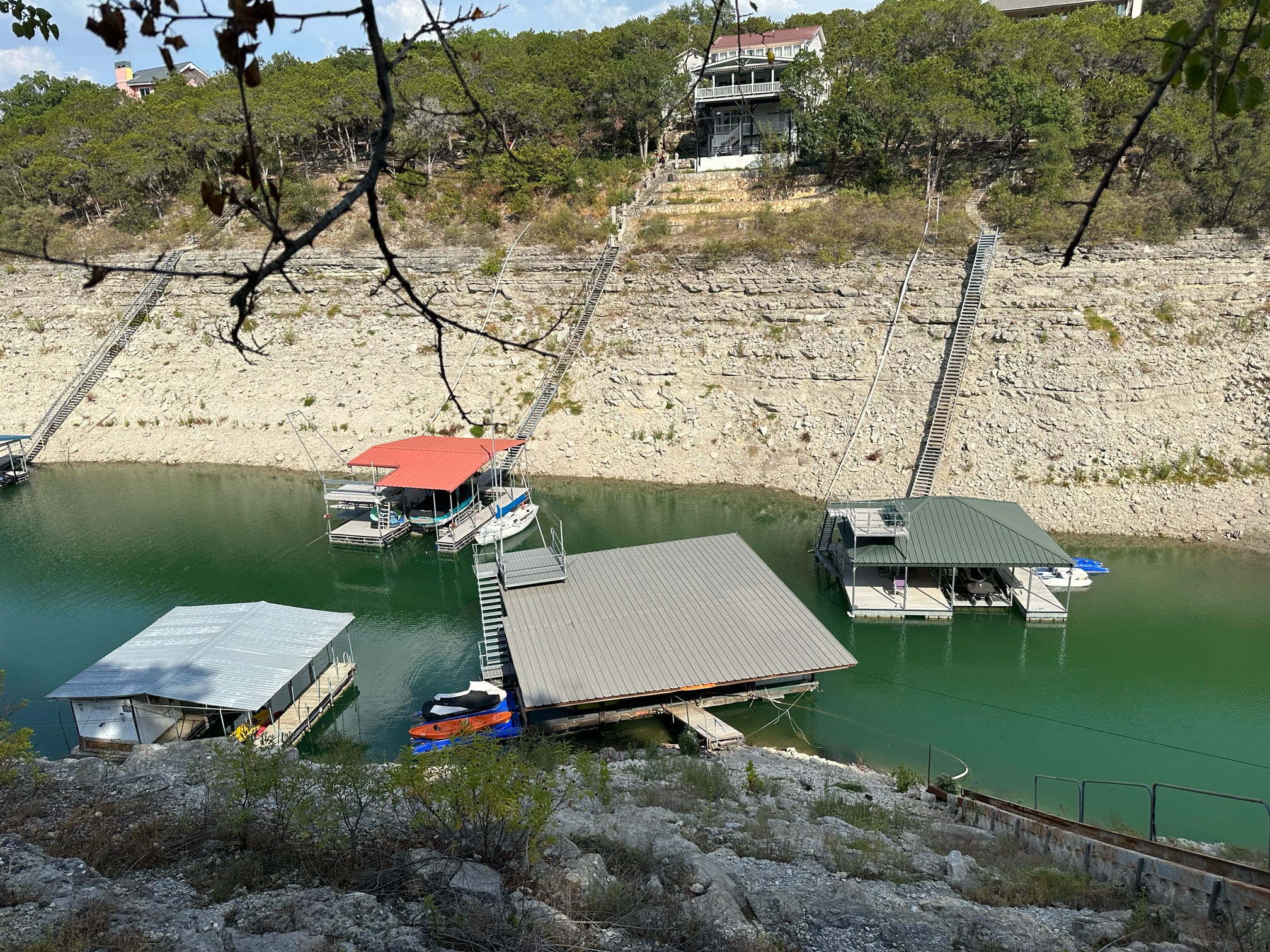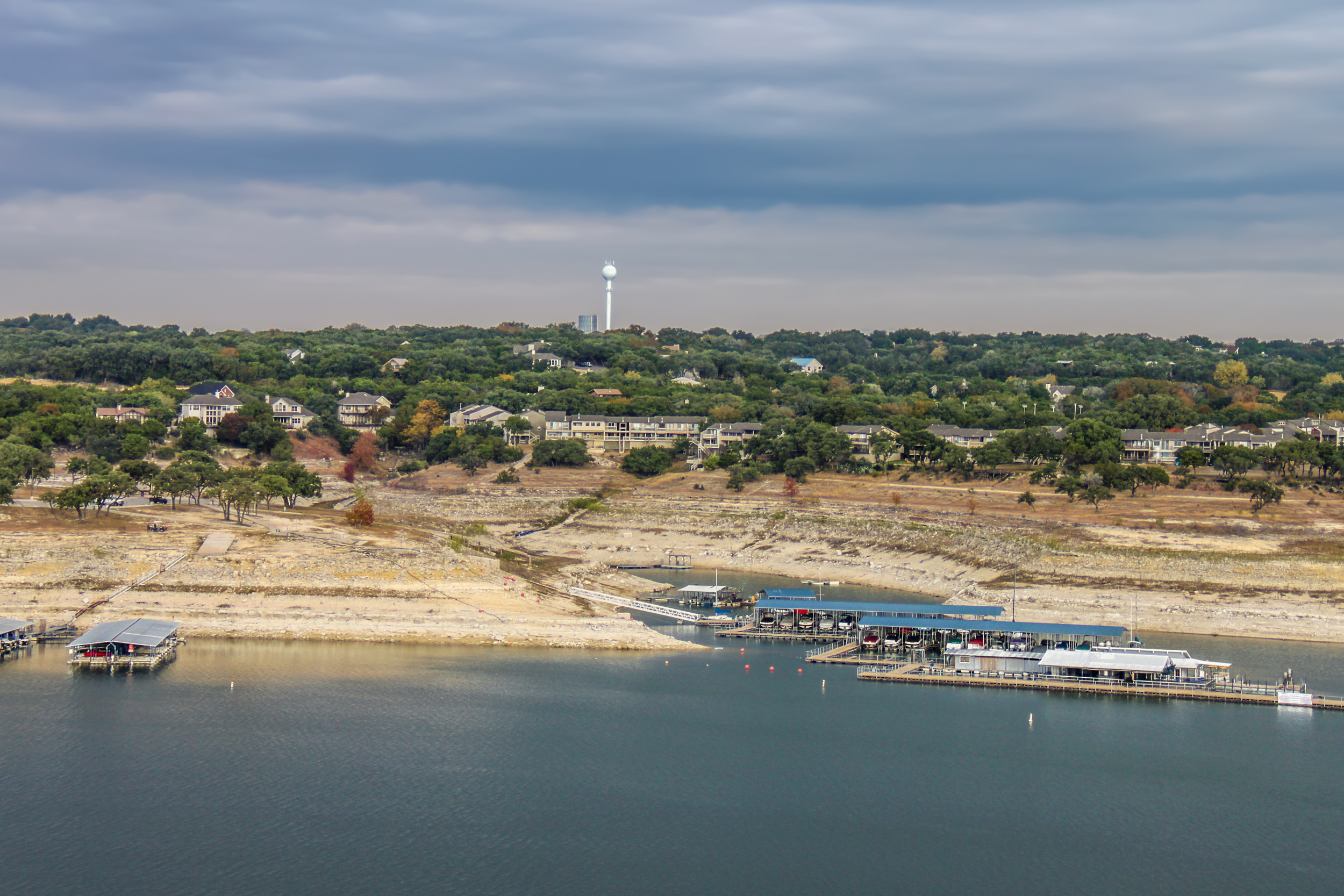Current Lake Travis Water Level: A Comprehensive Guide
Monitoring the current Lake Travis water level is essential for residents, businesses, and visitors in Central Texas. Lake Travis serves as a vital water supply, recreation hub, and flood control reservoir in the region. Understanding its water levels helps stakeholders make informed decisions about water usage, boating activities, and flood preparedness.
Lake Travis, part of the Highland Lakes system, is managed by the Lower Colorado River Authority (LCRA). The reservoir's water levels fluctuate significantly due to rainfall, drought conditions, and water releases downstream. This article provides an in-depth analysis of the current Lake Travis water level, its significance, and how it impacts the surrounding communities.
By exploring the factors affecting water levels, historical trends, and future projections, we aim to equip readers with actionable insights. Whether you're a homeowner, boater, or environmental enthusiast, this guide offers valuable information to help you stay informed about Lake Travis' status.
Read also:Understanding The Impact Of Watching Gore A Comprehensive Guide
Table of Contents
- Overview of Lake Travis Water Levels
- Management and Regulation
- Factors Affecting Water Levels
- Real-Time Monitoring Tools
- Historical Water Level Trends
- Impact on Recreation Activities
- Environmental Implications
- Community and Economic Impact
- Forecast and Future Projections
- Tips for Staying Informed
Overview of Lake Travis Water Levels
Understanding the Importance of Water Levels
Lake Travis water levels play a critical role in the daily lives of millions of people in Central Texas. The reservoir serves as the primary water source for Austin and surrounding areas, making its management a top priority for local authorities. The lake's water level is measured in feet above mean sea level (MSL), with the official conservation pool level set at 681 feet.
Fluctuations in water levels can significantly impact the region's economy, environment, and recreation activities. During droughts, water levels may drop below the conservation pool, affecting water supply and increasing the risk of wildfires. Conversely, heavy rainfall can cause water levels to rise, posing flood risks to nearby communities.
Management and Regulation
Role of the Lower Colorado River Authority (LCRA)
The LCRA manages Lake Travis and other reservoirs in the Highland Lakes system. The authority monitors water levels, regulates water releases, and implements conservation measures to ensure sustainable water management. LCRA's operations are guided by state regulations and long-term water management plans.
- Water level monitoring stations
- Seasonal water release schedules
- Drought contingency plans
Factors Affecting Water Levels
Natural and Human-Induced Variables
Several factors influence the current Lake Travis water level, including:
- Rainfall: Precipitation directly impacts water levels, with heavy rainfall contributing to rapid increases.
- Drought: Prolonged dry periods reduce inflows and increase evaporation rates.
- Water Usage: Residential, agricultural, and industrial consumption affects the reservoir's water balance.
- Flood Control: Water releases during heavy rainfall events help prevent downstream flooding.
According to the U.S. Geological Survey (USGS), Lake Travis experiences an average annual inflow of approximately 1.3 million acre-feet. However, this figure varies significantly depending on climatic conditions.
Real-Time Monitoring Tools
Accessing Up-to-Date Water Level Data
Staying informed about the current Lake Travis water level is easier than ever with modern monitoring tools. The LCRA provides real-time data through its website and mobile app, allowing users to track water levels, inflows, and outflows. Additional resources include:
Read also:Mastering Seomoz Rank Tracker Api A Comprehensive Guide For Seo Professionals
- USGS gauging stations
- National Weather Service flood warnings
- Social media updates from local authorities
For boaters and recreation enthusiasts, these tools are invaluable for planning activities and ensuring safety on the lake.
Historical Water Level Trends
Examining Past Fluctuations
Historical data reveals significant variations in Lake Travis water levels over the years. For instance, during the historic drought of the 1950s, water levels dropped to an all-time low of 605 feet MSL. Conversely, in 2013, heavy rainfall caused the lake to reach its highest recorded level of 719.3 feet MSL.
These fluctuations highlight the importance of adaptive water management strategies. By analyzing past trends, stakeholders can better prepare for future challenges and opportunities.
Impact on Recreation Activities
How Water Levels Affect Boating and Fishing
The current Lake Travis water level directly impacts recreation activities such as boating, fishing, and swimming. Low water levels can expose lakebeds, making navigation difficult for boaters. Additionally, reduced water volume may affect fish populations and their habitats.
Conversely, high water levels can enhance recreational opportunities by expanding accessible areas and improving water quality. However, rapid water level changes can pose safety risks, emphasizing the need for real-time monitoring and communication.
Environmental Implications
Ecological Effects of Water Level Fluctuations
Fluctuating water levels have significant environmental implications for Lake Travis and its surrounding ecosystems. Native plant and animal species rely on stable water conditions to thrive. Sudden changes in water levels can disrupt habitats, alter water chemistry, and affect biodiversity.
Conservation efforts focus on maintaining balanced water levels to support ecological health. Organizations such as the Balcones Canyonlands Conservation Program work to protect endangered species and preserve natural habitats.
Community and Economic Impact
Assessing the Broader Implications
The current Lake Travis water level has far-reaching effects on local communities and economies. Residential water supply, agricultural irrigation, and power generation all depend on the reservoir's stability. In addition, tourism and recreation industries contribute significantly to the regional economy, with boating and fishing activities generating millions of dollars annually.
Community engagement and education are essential for promoting sustainable water usage practices. Local initiatives encourage residents to conserve water, reduce waste, and support environmentally friendly policies.
Forecast and Future Projections
Predicting Future Water Level Trends
Climate change and population growth pose challenges for maintaining stable Lake Travis water levels. Projections indicate increased variability in precipitation patterns, with more frequent droughts and extreme weather events. To address these challenges, water management strategies must evolve to incorporate advanced technologies and adaptive practices.
Research conducted by the Texas Water Development Board highlights the importance of long-term planning and collaboration among stakeholders. By investing in infrastructure, conservation programs, and public education, the region can ensure a sustainable water future.
Tips for Staying Informed
Practical Advice for Monitoring Water Levels
To stay updated on the current Lake Travis water level, consider the following tips:
- Subscribe to LCRA's email alerts for real-time updates.
- Download the LCRA mobile app for convenient access to data.
- Follow local news outlets and social media accounts for breaking information.
- Visit official websites such as the USGS and National Weather Service for detailed reports.
By actively monitoring water levels, you can make informed decisions about water usage, recreation activities, and flood preparedness.
Conclusion
In summary, understanding the current Lake Travis water level is crucial for residents, businesses, and visitors in Central Texas. Factors such as rainfall, drought, and water usage significantly impact the reservoir's status, influencing recreation, environment, and economy. By leveraging real-time monitoring tools, historical data, and predictive models, stakeholders can better manage water resources and prepare for future challenges.
We encourage readers to share this article with others who may benefit from the information. For further reading, explore our related content on water conservation, environmental sustainability, and regional development. Together, we can ensure a sustainable future for Lake Travis and its surrounding communities.

